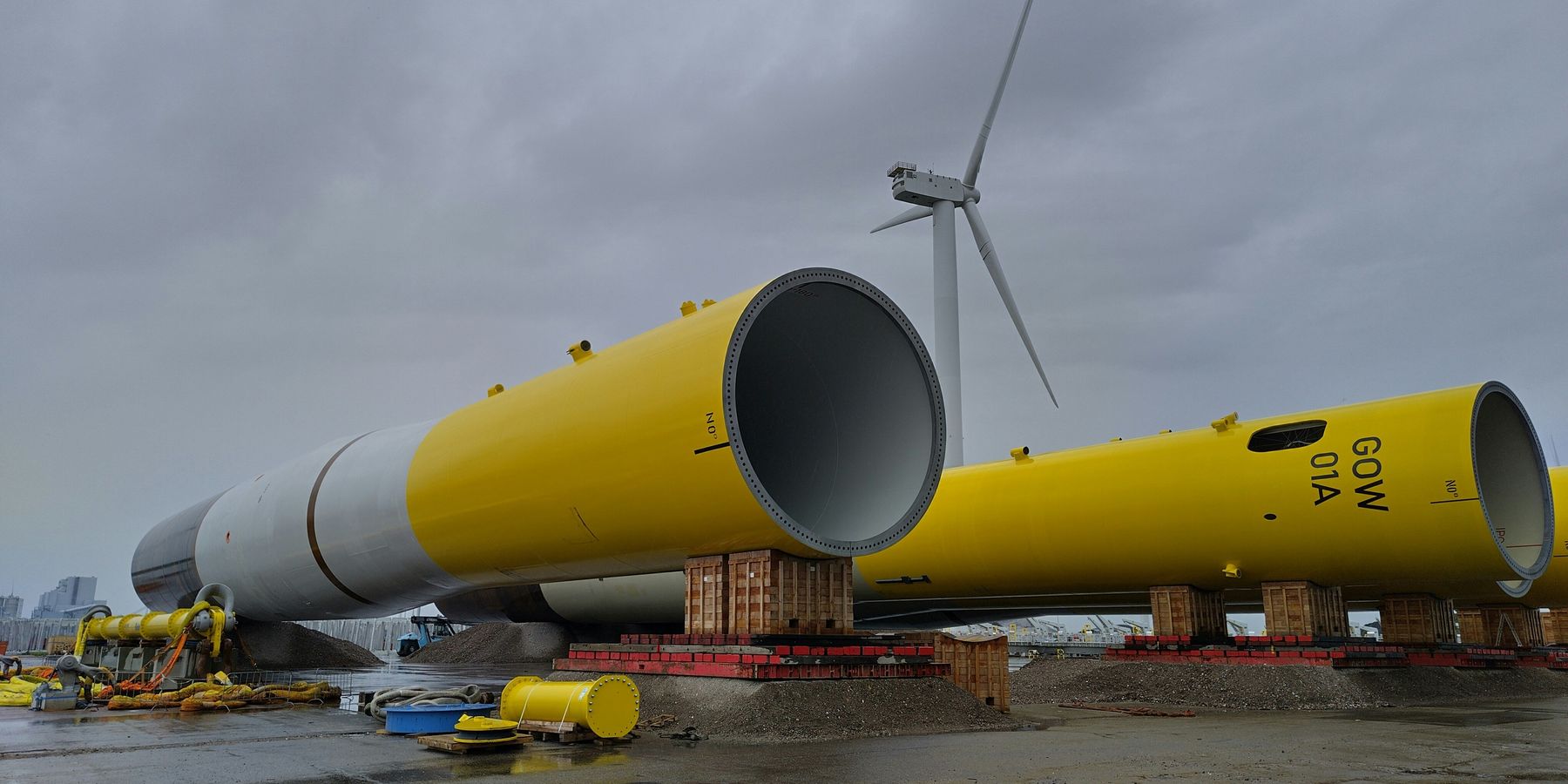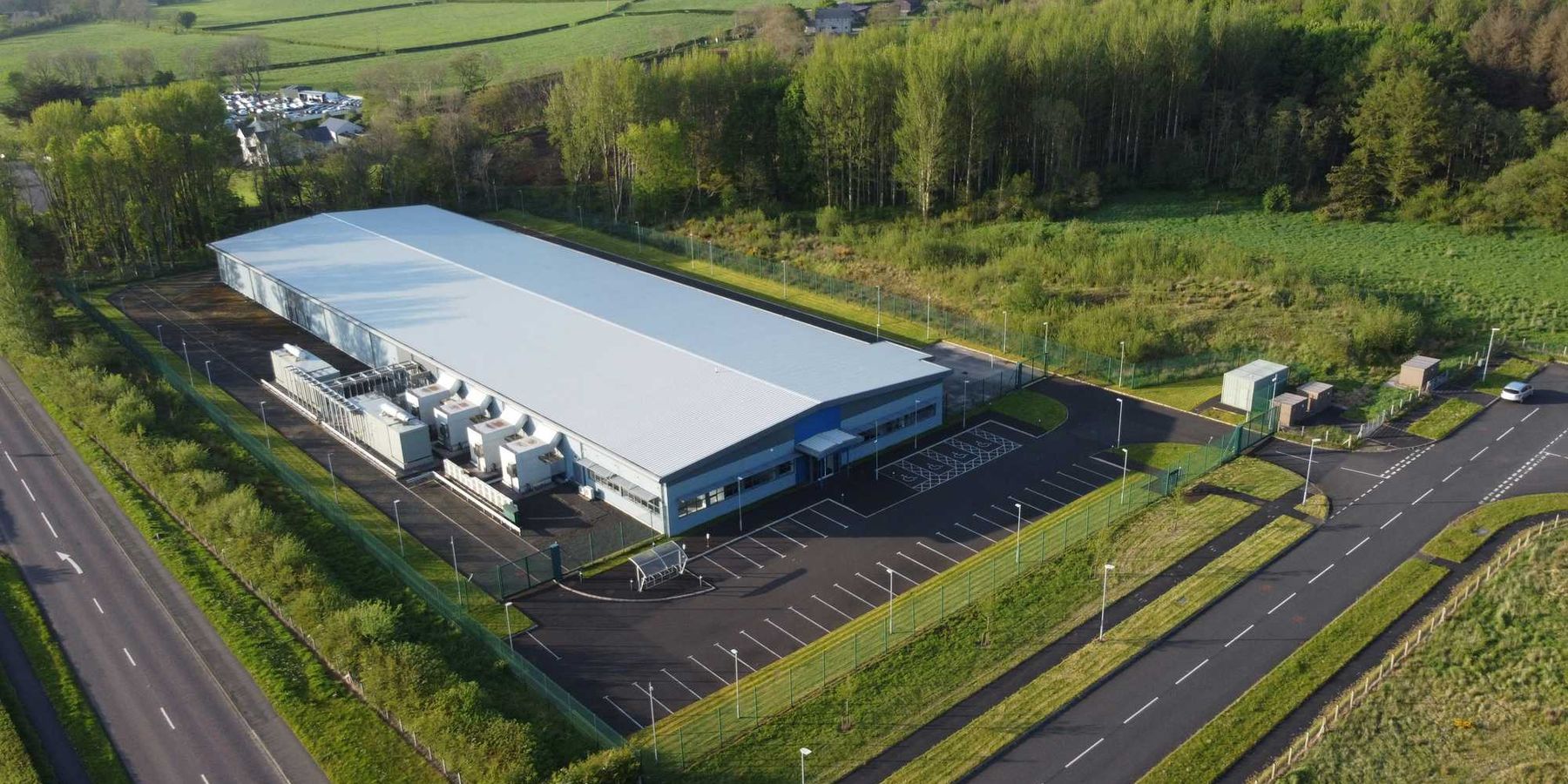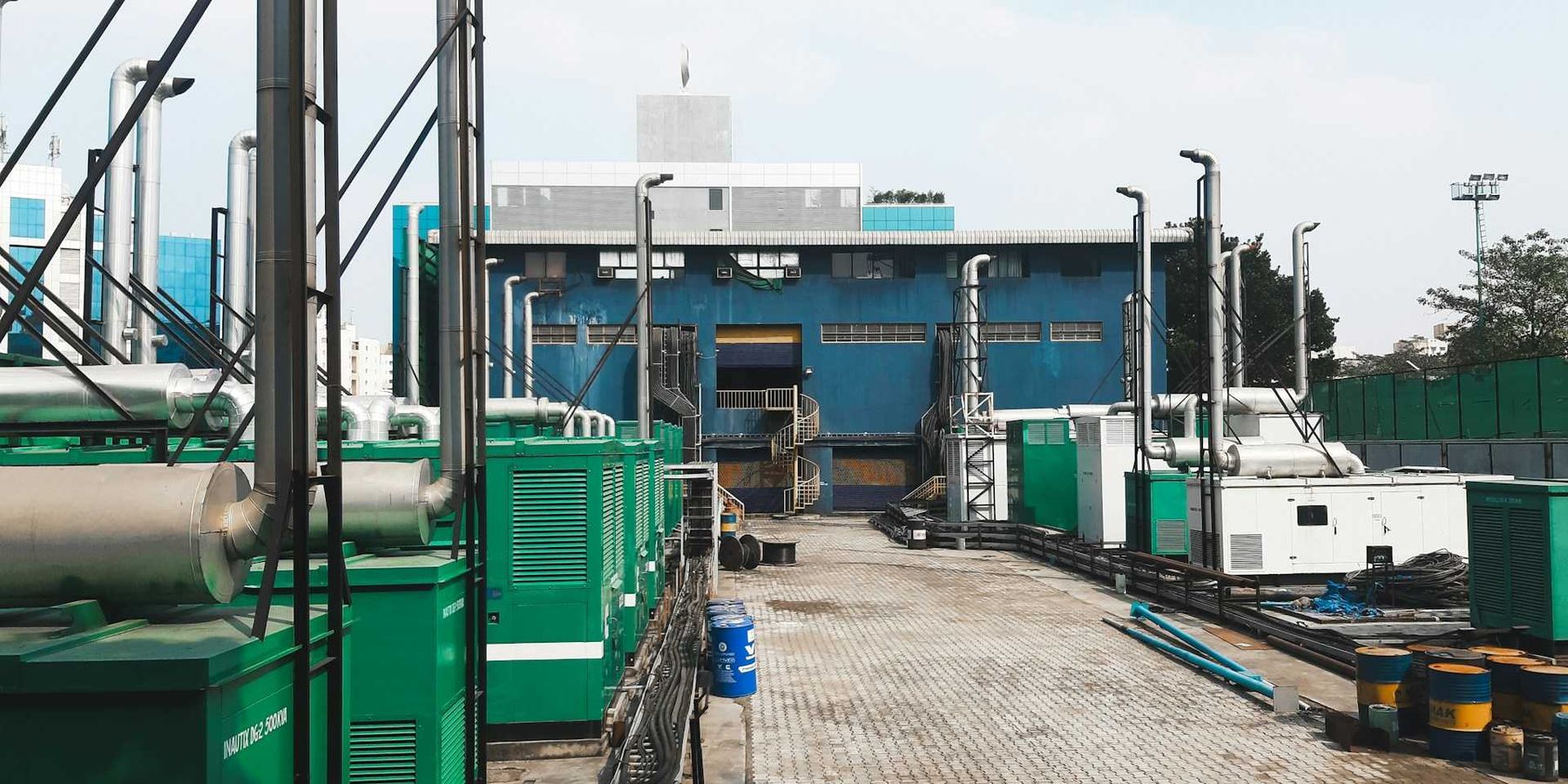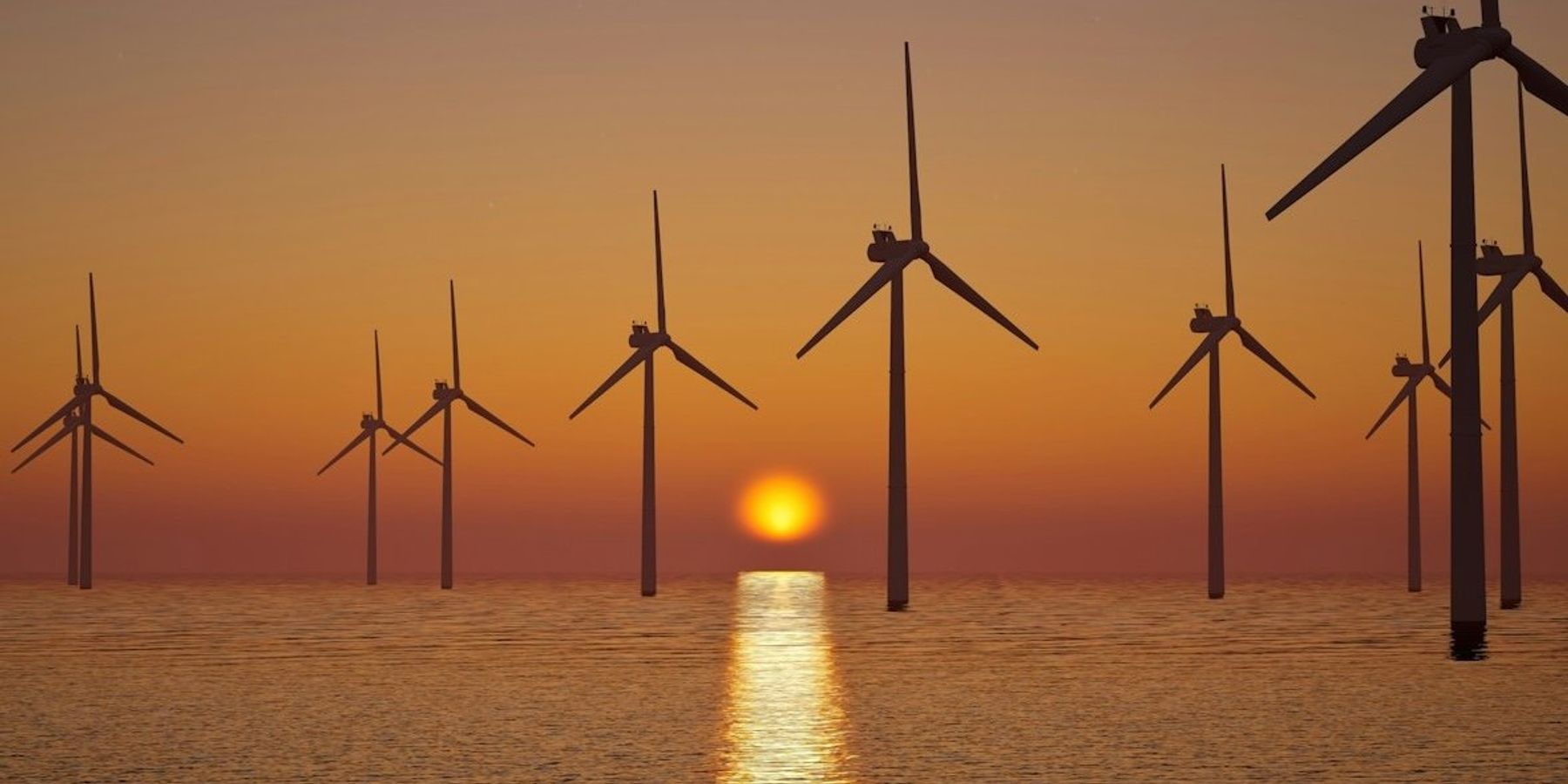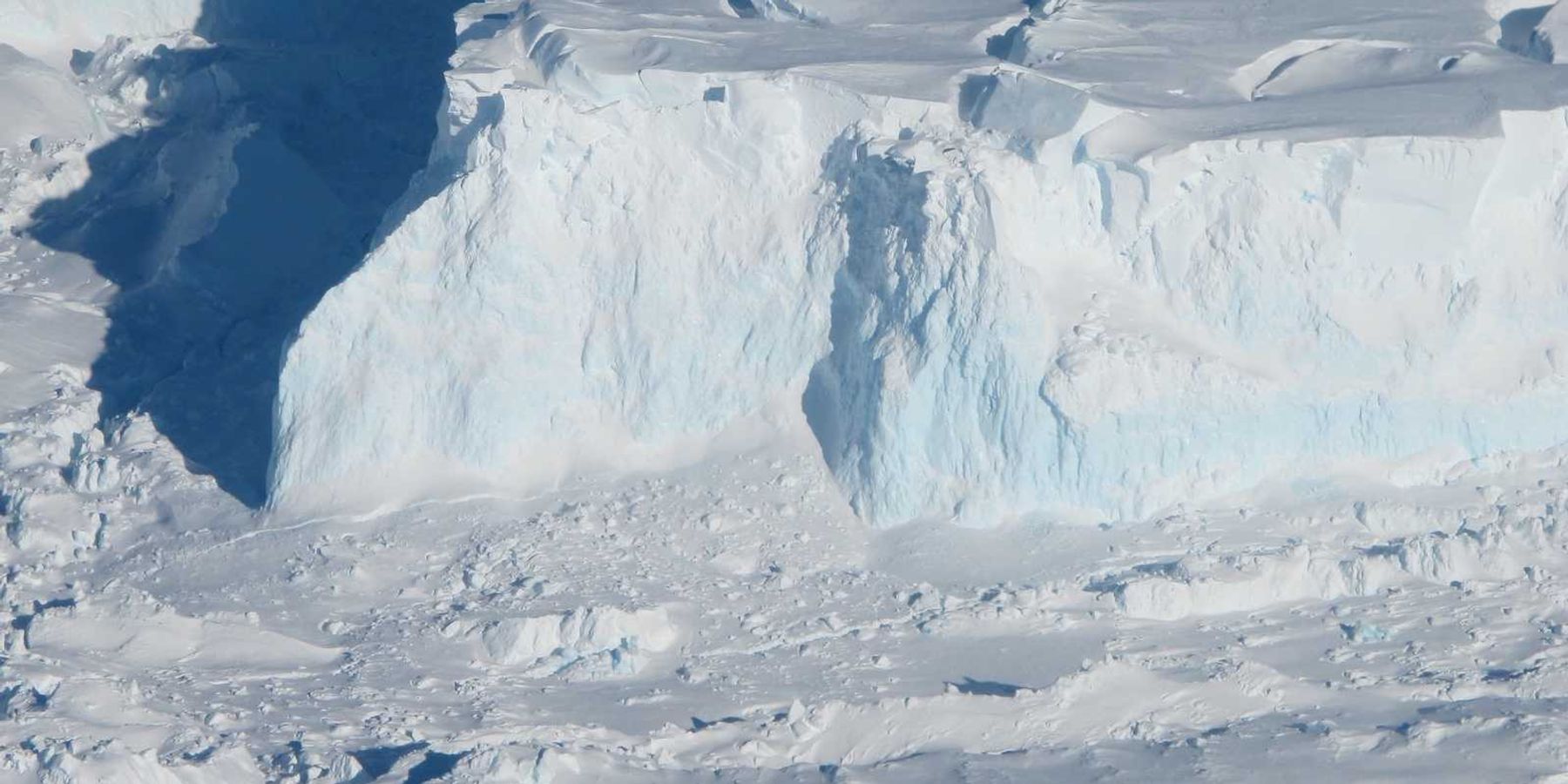Bringing back natural water filters in Maryland and beyond
Maryland is the latest state to take steps toward bringing back freshwater mussels
ELLICOTT CITY, Md.—Under the waters of the Patapsco River in Maryland, new life is forming.
The Maryland Department of Natural Resources has planted freshwater mussels into the river in hopes of restoring a population of molluscs that once lived in the waters. And the Maryland project is just one of many in the country attempting to save nature's water filters.
Freshwater mussel species, unlike those that dwell in salt water, are not eaten. But they do serve a large purpose for the ecosystem. They filter water. A lot of water.
In healthy mussel beds along the Delaware River Basin, there are about 200,000 to 300,000 mussels per every 2.5 acres. Those mussels can filter about 10 million gallons of water per day. Each year they filter about 10 tons of suspended matter—such as dirt, algae and pollutants— out of the water, Danielle Kreeger, senior science director at the Partnership for the Delaware Estuary, told EHN.
"Those are pretty big numbers. And by losing those mussel beds in our rivers and streams across the United States, we've lost nature's ability to help keep the water clean itself," she said.
Mussels are a good indication of water quality. If mussels are dying due to contamination that they are filtering in the water, it's a good indicator that the water is unsafe for human consumption, Monte McGregor, a mussel biologist and director of the Center for Mollusk Conservation in Kentucky, told EHN.
"They are basically canaries in the coal mines, so to speak. They are the species that are the best indicators of water quality and pollution in our rivers and streams across our country," McGregor said.
The need for restoration
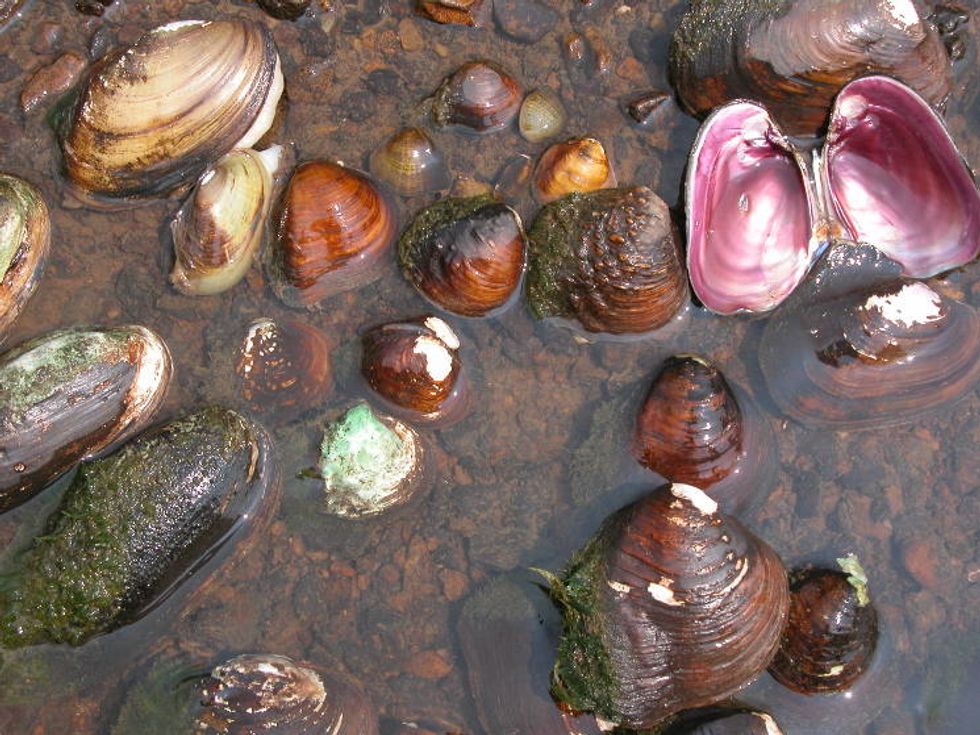
To bring back mussels to the Patapsco, members of the Department of Natural Resources translocated mussels from rivers in Harford County. Next year, the mussels will be joined by ones currently being cultivated in Charles County, Maryland.
The mussels currently planted into the river bottom are low risk, Matt Ashton, a natural resource biologist with the DNR, told EHN. It's a demonstration project to see how the mussels do. If they do well, the Department of Natural Resources might try restoring a mussel facing extinction.
Freshwater mussels are native to Maryland's Patapsco River, but they haven't been in the river for decades, according to the MAryland DNR.
One reason was due to dams along the river, Ashton said. But some of the dams have come down and another is currently being torn down. A remaining dam has a fish ladder in place, which allows fish and eels to swim through the dam.
And Maryland isn't alone — due to human interference and climate change, mussels around the world have died off. McGregor said there are about 297 species of mussels in North America --- approximately 88 of them are threatened or endangered.
"They're declining at a rate higher than any other group [of species in Kentucky]. And why's that? We're not sure, but we think it's related to water pollution and change in habitat in the river and streams," he said.
Adding in mussels that are under special consideration, approximately 75 percent of the mussel species need help, Brian Watson, statewide mussel biologist for Virginia's Department of Game and Inland Fisheries, told EHN.
Pollution might come from industrial dumping or even personal use of pesticides and herbicides. Dams can also cause mussels to die off due to change in habitat and less access to fish, Watson said. Climate change leading to more rain is also causing a problem, Kreeger said.
With more rain, there is more flooding. It can also lead to more stormwater runoff, which along with flooding, can disrupt the river bottoms, displacing and possibly killing the mussels, Kreeger said. Climate change is also leading to sea level rise, which brings saltwater into the freshwater, and the mussels cannot survive in the brackish water, Kreeger added.
The mussel and the fish
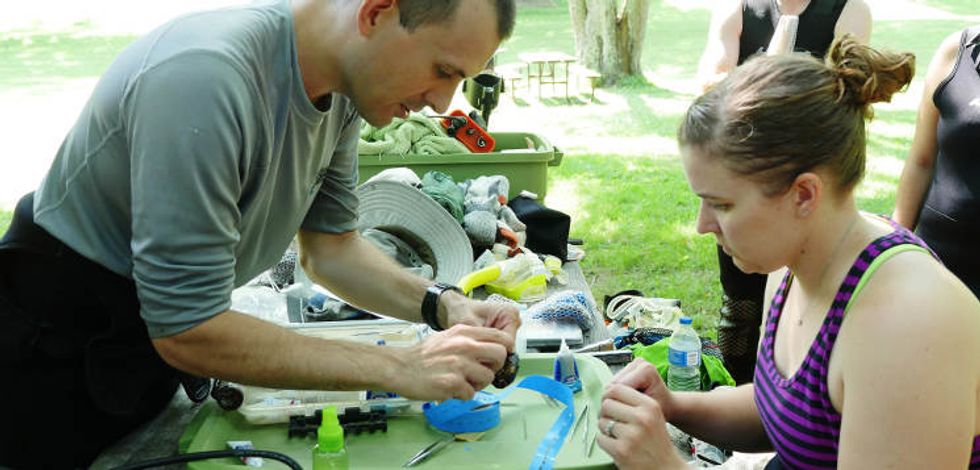
Without fish or eels, many mussel species, including the ones found in the central Maryland river, cannot repopulate.
Mussel larvae are born as hitchhikers, and they attach to an eel or fish because they can move upstream. Once the larvae matures to a juvenile mussel and finds a nice place to call home, they drop off the fish and plant themselves. They'll remain in that area for the remainder of their lives.
Which can be a long time, as many mussel species live 50 to 70 years, with some living as long as 100, Kreeger said. And freshwater mussels aren't rooted in the same spot forever, she said. They can crawl, just not very far, which is why fish are needed to allow mussels to move their population up the river.
With the dams in Maryland coming down, there's hope the fish will be able to help mussels increase their populations in the Patapsco. But that might take five years, Ashton said.
Right now, the 300 mussels in the Patapsco are adults that were planted like seeds into the river. They were planted near Sykesville, Maryland, which is about 15 miles north of Ellicott City, where they will be safe from possible flooding and the dam removal, Ashton said.
Maryland residents won't likely see the mussels in the river because they bury themselves.
"They're out of sight and out of mind," Ashton said.
Bringing back the filters
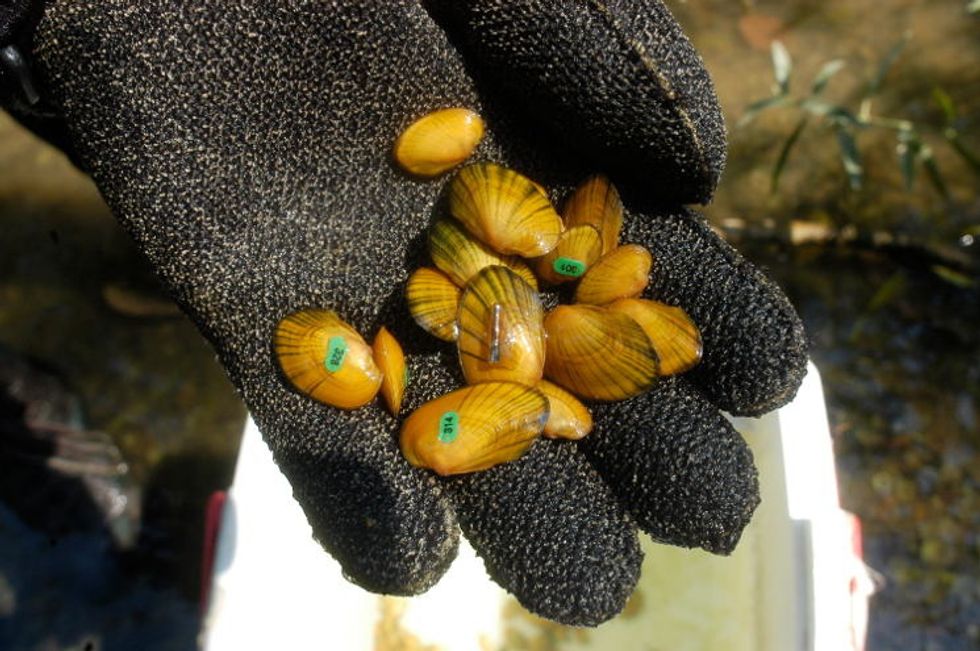
Despite the various efforts to restore mussels, McGregor didn't think any mussel species had been removed from the endangered or threatened list.
"It took some 30 years for the bald eagle, so I expect it'll take that long for the mussel," he said.
His Center for Mollusk Conservation takes in mussels from outside of Kentucky, including Pennsylvania. The organization brought in 20,000 mussels from the Allegheny River and translocated them to the Licking River in Kentucky.
It also worked to release a mussel species known as purple cat's paw into rivers in Ohio, West Virginia and Tennessee, as well as Kentucky.
One of the reasons other states come to the Kentucky group is their ability to raise mussels via petri dish instead of fish. They have had success with about 70 species of mussels, McGregor said.
In Delaware, efforts to revamp mussel populations have been hampered by lack of funding, Kreeger said. The group has had success in about 1 percent of the river basin, but the organization needs more resources to be able to address the many rivers in the Delaware River watershed, she said.
Efforts are also underway in Virginia. There are two fish hatcheries, one in the eastern part of the state and one in the southwestern part, where mussels are produced and released. Between the two facilities, more than 15 million mussels have been produced, with more than 300,000 released, Watson said.
There is a significant discrepancy between the numbers because it may take years before a mussel is at a size where it can best survive in the river, Watson said. And because the facilities are working with various species, some more threatened than others, some of the mussels produced don't survive.
Mussel conservation and restoration is also worked on by the U.S. Fish and Wildlife Services, who have multiple projects, where fish biologist Tyler Hern works. Unlike the state efforts, the fishery Hern works out of usually assists other groups with smaller project.
And while Hern told EHN that it will be sometime before the mussels are restored to historic populations, he thinks that progress has been made.
"With the work the Fish and Wildlife service is doing with its partners I think in the last two decades we've moved the needle a tremendous amount on a number of species," Hern said. "And as we go we're identifying better ways to give these species the best chance they're going to have."
Help the mussels
Interested in ways to help the mussels? Here are a few ways, mussel biologists suggested people can get involved.
- Be aware of what might go into rivers. "When you're dumping things on the ground, it's going to go somewhere. It's going to go downstream," McGregor said.
- Help educate others about the mussels, especially those who may be able to make decisions about large projects that could disrupt mussel habitat.
- Participate in a mussel gardening project. Some organizations will give baby mussels to people for them to grow in ponds in their yards. This helps the mussels grow to adults.
- Reduce the amount of fertilizer, pesticide and herbicide used on lawns and gardens.

